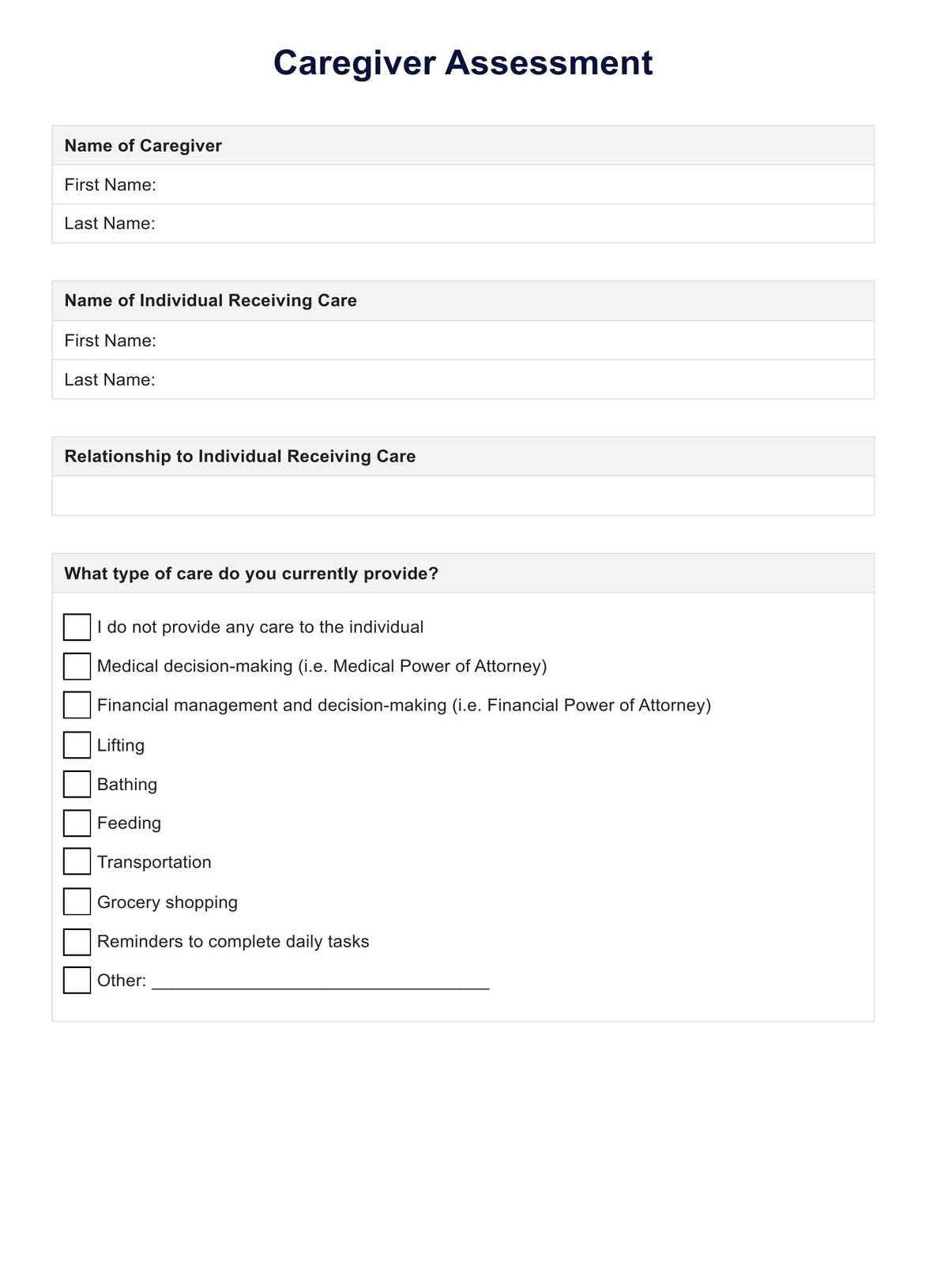Yes, Carepatron's software is highly customizable, allowing it to be tailored to meet the specific needs of different caregiving situations.

Discover how Carepatron's caregiver software revolutionizes caregiving with its robust online patient portal and telehealth platform.
Yes, Carepatron's software is highly customizable, allowing it to be tailored to meet the specific needs of different caregiving situations.
Absolutely, Carepatron provides comprehensive tools for managing medical records, scheduling appointments, and ensuring all caregiving activities are well-coordinated.
Carepatron prioritizes the privacy and security of patient data by adhering to healthcare regulations and employing advanced security measures to protect sensitive information.
EHR and practice management software
*No credit card required
Free
$0/usd
Unlimited clients
Telehealth
1GB of storage
Client portal text
Automated billing and online payments